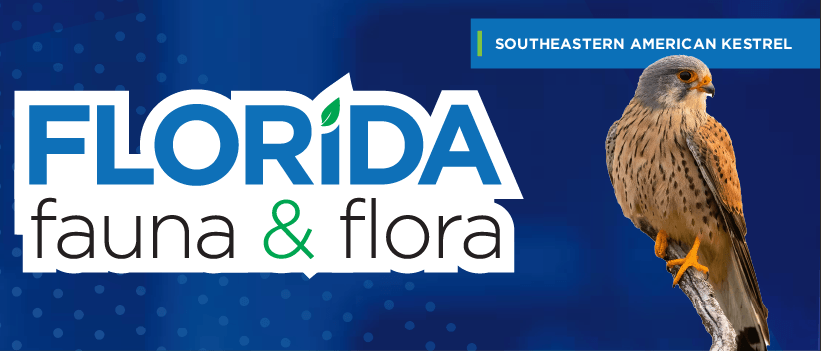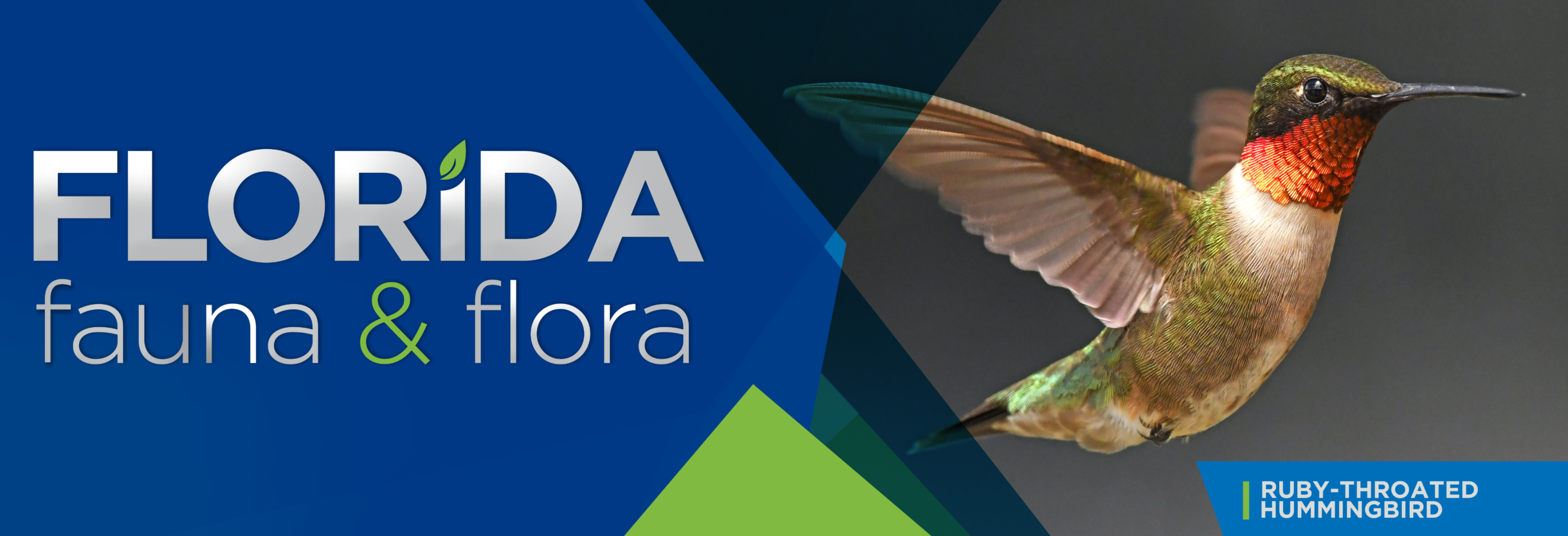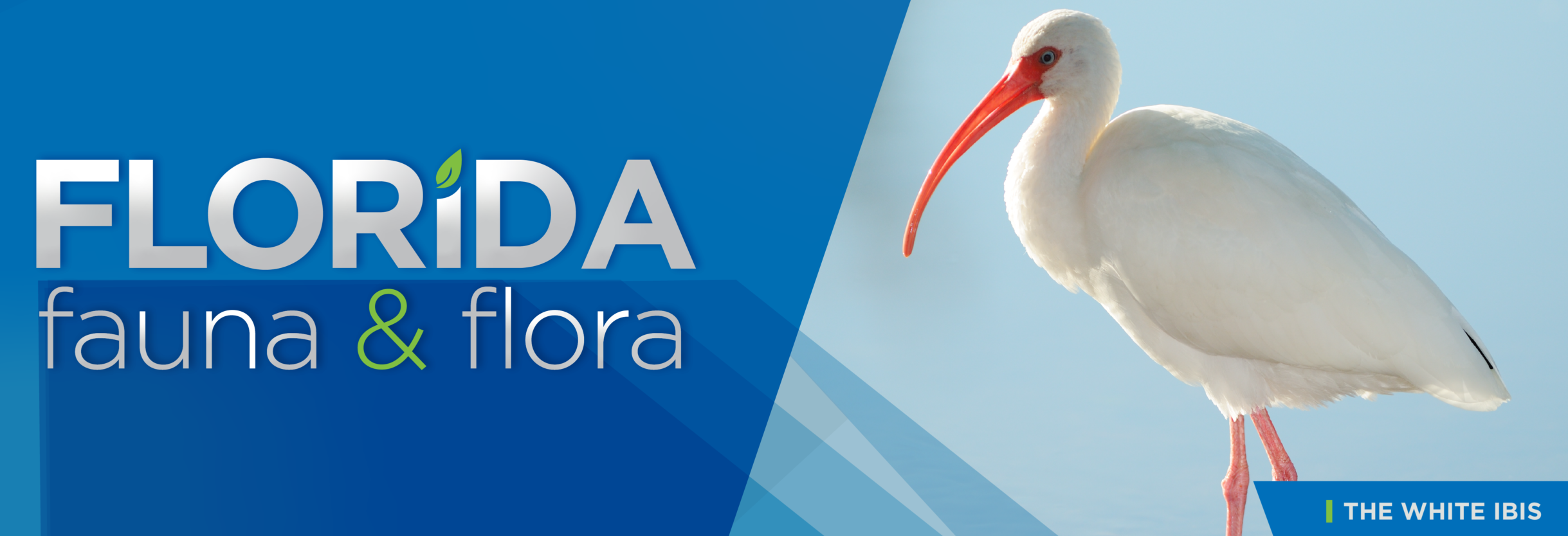Florida Fauna & Flora – Southeastern American Kestrel
Florida Fauna & Flora – Southeastern American Kestrel
A native Florida raptor, the southeastern American kestrel is the smallest falcon found in the United States. Its white face has black “tears” extending down from its eyes. Its brown back has black flecking, its belly is white and its tail is russet. The male’s wings have bluish-gray markings, while the female’s wings are a less colorful brown.
Kestrels’ raise up to four chicks per nesting season which is early spring to June. They nest in holes in dead trees or cavities made by pileated woodpecker. Their habitat includes open woodlands, sandhills and pine savannahs, but alternate habitats in residential areas are pastures and open fields. Nest boxes have become an essential artificial substitute.
Kestrels feed on insects and small mammals. They perch up high to find their prey and then fly in to catch a meal with their feet.
The southeastern American kestrel is listed on Florida’s Threatened Species List. Kestrels are threatened by the loss of habitat, pollutants and collisions with vehicles and aircraft.
Fun Fauna Fact: The kestrels found in May and June are southeastern American kestrels that live in Florida year-round. The northern American kestrel is a true Florida snowbird. This subspecies migrates here from September through April.
Source: Florida Fish and Wildlife Conservation Commission
Read the full October 2021 SECO News online.





